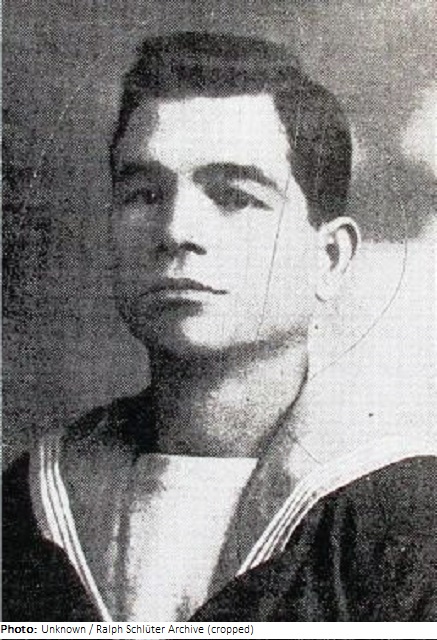Croatian sculptor Juraj Škarpa was initially trained as a carpenter and attended the art school in Split as a woodcarver. Later he studied at the School of Applied Arts in Wien (Vienna) (1913-1914) and the Academy of Fine Arts in Zagreb (1919-1920). His stone and wooden busts and portraits, as well as his allegorical compositions and grave stones, were initially produced in the spirit of Art Nouveau, but were later directed more to expressionism and critical realism. An essential part of Škarpa’s work was sacral-themed plastics, often carried out by clerical orders. Due to political developments and since he was not in line with public and critical tastes, he lacked recognition for a long time. He suffered especially for decades under the opposition of sculptor Ivan Meštrović (1883 – 1962).

 Yugoslavia
Yugoslavia Croatia
Croatia YUG
YUG CRO
CRO